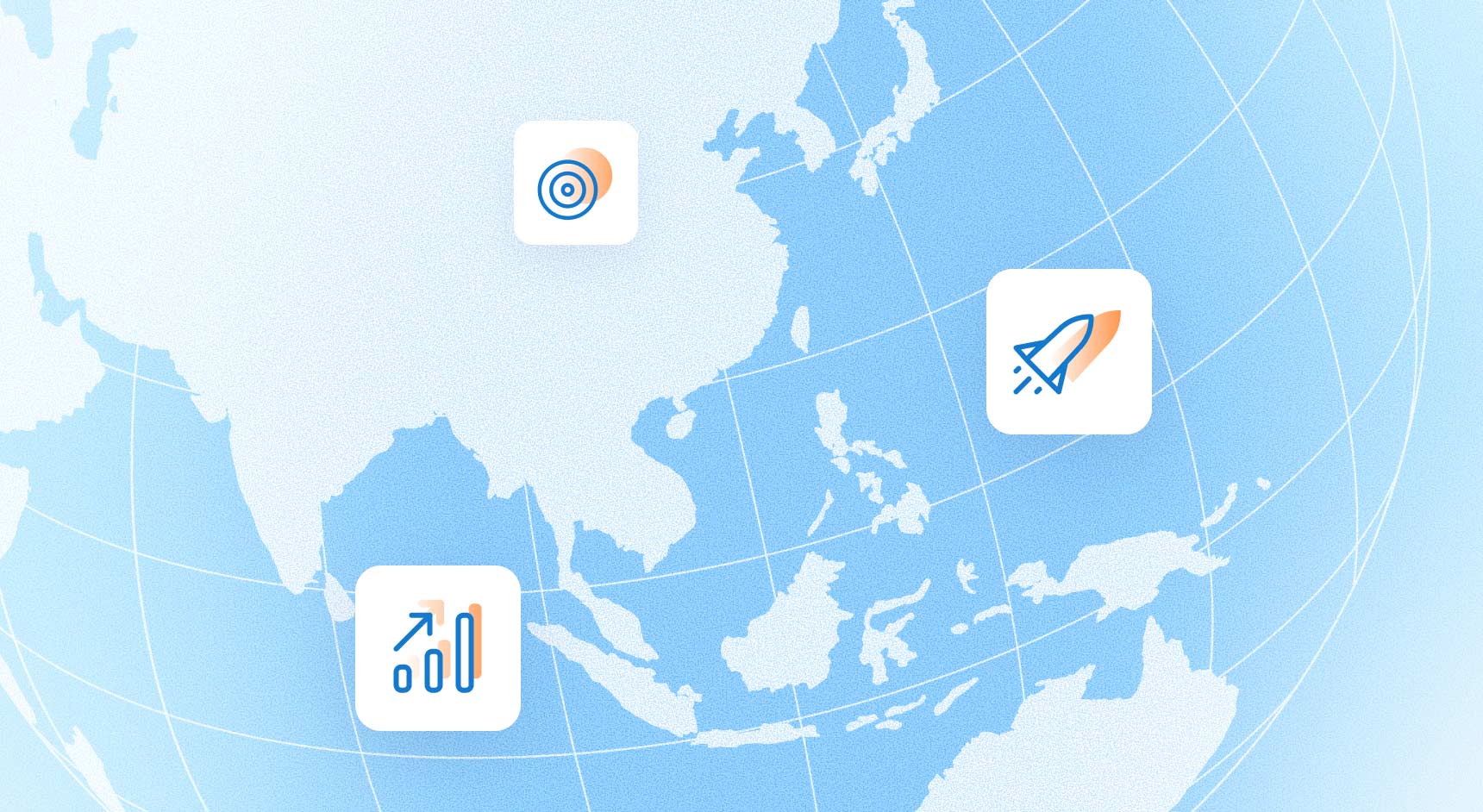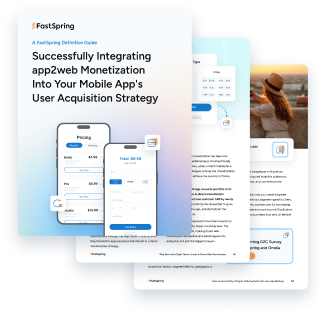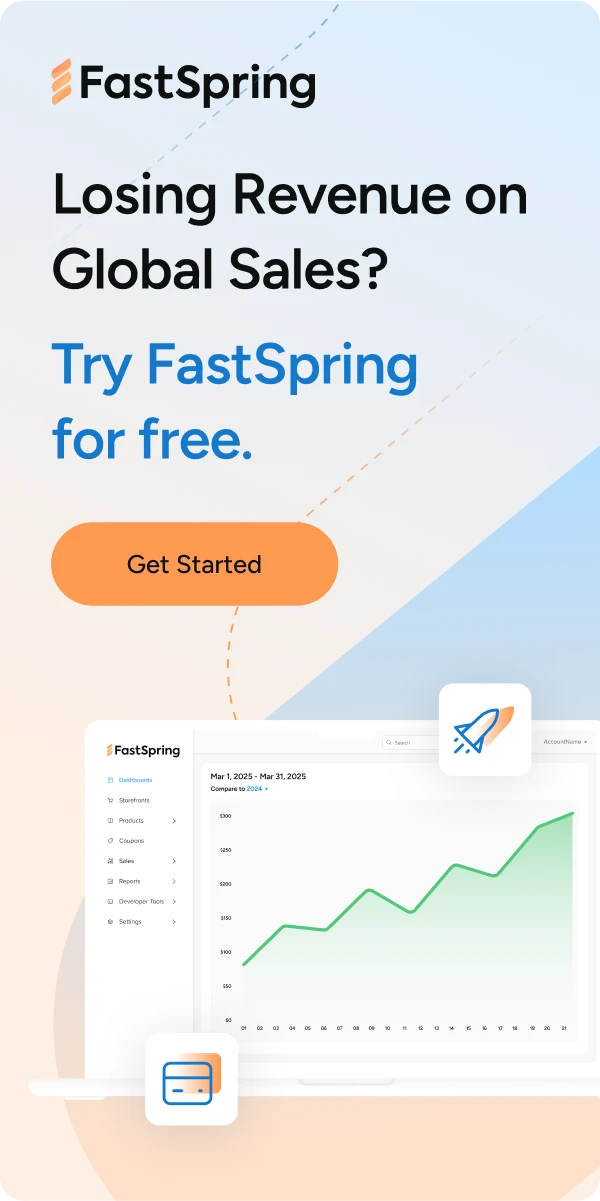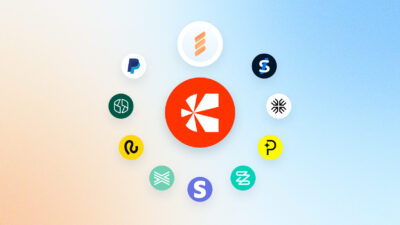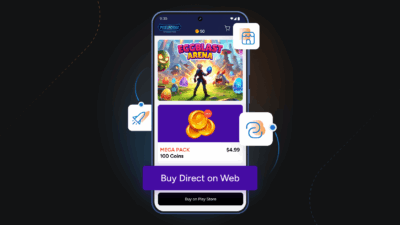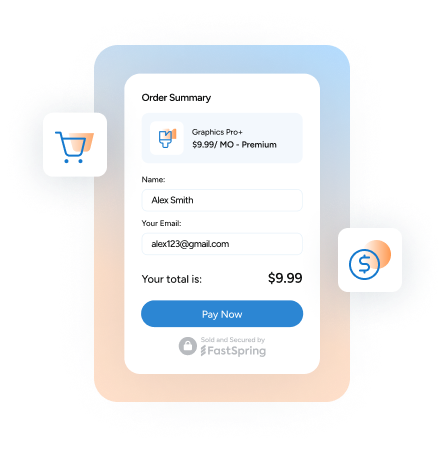The Asia-Pacific mobile app market is booming, with more and more developers eyeing opportunities beyond their home region.
Mobile app installs in Asia have grown 10x since 2017. And one in five global app ad dollars now comes from Asian companies, as APAC companies target users in Western markets as well as emerging economies in Latin America and Africa.
TikTok, born in China, is now a billion-download phenomenon across 150+ markets.
The message is clear: APAC founders can go global.
But growth outside the region isn’t automatic. Cultural differences, varied payment preferences, and rising user acquisition (UA) costs can trip up even great apps.
Here are five lessons to help APAC developers and founders expand successfully into global markets.
Lesson 1: Localize Beyond Translation
Localization isn’t just language — it’s currency, culture, and user experience. For example, a Udonis article reports that 87% of consumers prefer content in their native language, and one app saw downloads double in 40 days after localizing its App Store listings.
Effective localization goes beyond translating text. It means adjusting visuals, formats, and features to align with local norms. Ensure your app supports local currencies, date formats, and units so that prices and details make sense to the user.
Adapt your marketing creatives and in-app imagery to resonate with cultural expectations (because what works in Tokyo might not work in Paris).
A great example is how ByteDance approached TikTok’s global rollout to push fast adoption in international markets. The same Udonis article points out how ByteDance went far beyond interface translations by running country-specific challenges and trends in each market to make the app feel homegrown.
Pro tip: Test a “minimum viable localization” approach — start with app store pages and key flows, then expand once traction is proven.
Lesson 2: Match Monetization to Local Preferences
Subscription behavior looks different across regions. In Asia, monthly subscription retention is only around 75% versus around 85%-89% in the West, but annual plans perform just as well as global averages.
That means Asian users are less loyal to monthly plans but stick with yearly commitments. Adjust your offerings accordingly by promoting discounted annual plans in APAC, while leaning into monthly trials and flexibility in North America and Europe.
Payment methods also make or break conversions.
In Europe, buy-now-pay-later (BNPL) services like Klarna are expected checkout options, with 85M+ active Klarna users.
Brazil’s Pix now outpaces credit cards, processing 64B transactions in 2024.
And in China and India, users expect Alipay, WeChat Pay, or UPI.
The point is to meet users where they are. If you only offer USD + credit cards, you’ll miss out. Platforms like FastSpring help by supporting local currencies and payment methods without requiring you to set up entities in each market.
Lesson 3: Use Hybrid Monetization to Maximize Revenue
Relying on just ads or just subscriptions limits growth. Hybrid models that mix ads, subscriptions, and in-app purchases (IAPs) are now mainstream. AppsFlyer reports that 43% percent of gaming apps use a hybrid model, and the concept applies beyond games.
Consider the case of Viva Republica, the South Korean fintech behind the Toss app. Traditionally, finance apps avoided ads for fear of ruining UX, but according to a Think With Google article, Toss experimented with adding non-intrusive, native ads into its app’s rewards section.
The result? A nearly 3x growth in ad revenue within a year and the company’s first-ever profitable quarter, all while keeping users happy with the experience.
For APAC apps expanding globally, a freemium hybrid approach works well:
- Free tier with ads or limited features.
- Premium tier with no ads + extras.
This lets you capture both budget-conscious and high-value users. The key is thoughtful execution. Ads should enhance — not annoy — and premium tiers must deliver real value.
Lesson 4: Acquire Users Strategically
User acquisition (UA) costs vary dramatically by region. In 2024, the average cost per install (CPI) was ~$5 in the U.S. vs. just $0.30 in LATAM — a 17x difference! Within APAC, costs can vary as well: An install in Japan or Australia typically costs a lot more than one in India or Vietnam.
These variations mean you should allocate your UA budget carefully.
Balance your spend across high-value but expensive markets (e.g., the U.S.) and lower-cost growth regions (e.g., Southeast Asia, LATAM).
Adapt your acquisition channels. In China, for example, you’re more likely to rely on local Android stores and WeChat; in Europe, experiment with carriers or BNPL partnerships; in the U.S., TikTok and influencer campaigns are strong bets.
And make sure to localize your creative pieces. What resonates in Seoul won’t land the same way in San Francisco.
Retention is as critical as acquisition. Remarketing campaigns in APAC now outpace new UA efforts, because keeping an existing user is cheaper than winning a new one. Track 7-day and 30-day retention by region and double down on re-engagement tactics where needed.
Lesson 5: Get Started With Direct Monetization (and Stay Compliant)
App store commissions eat 15%-30% of your revenue. With regulatory shifts loosening Apple’’s and Google’s grips on the market, more developers are embracing direct monetization (also known as “app2web”) models by selling subscriptions or in-app purchases (IAPs) via web stores or in-app webviews.
The most obvious benefit here is higher margins (20%-30% more per transaction).
Ownership of customer data is also hugely valuable for optimizing your UA and monetization strategies further.
Direct monetization does come with added responsibilities, however, in the form of global taxes, compliance, fraud, and payment routing.
This is where partnering with a merchant of record like FastSpring pays off. We handle VAT, local invoicing, local payment methods (from Klarna to Pix), and compliance across the globe, letting small teams expand globally without needing to become tax or legal experts.
Optimizing your checkout also builds trust. Mobile-friendly design, local currencies, transparent pricing, and familiar payment logos reduce abandonment and improve conversion.
Capitalize on a $600B Opportunity — and FastSpring Can Help
New global app success stories will continue to rise out of APAC. The opportunity is massive: The mobile app economy is projected to hit around $600B+ through 2025. To seize it, remember to:
- Localize deeply.
- Match monetization to regional habits.
- Diversify with hybrid models.
- Acquire users strategically.
- Go direct and simplify compliance.
APAC founders are already known for speed and innovation. With the right mix of localization, monetization, and smart UA, your app can make the leap from regional success to global phenomenon.
Need an app-to-web payments solution to monetize your mobile app? FastSpring provides an all-in-one payment platform for mobile apps, SaaS, software, video games, and other digital products businesses, including VAT and sales tax management, payment localization, and consumer support.
Get started today: Set up a demo or try it out for yourself.




